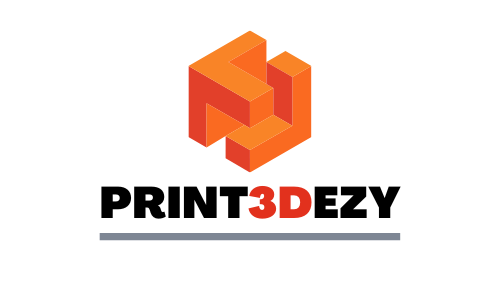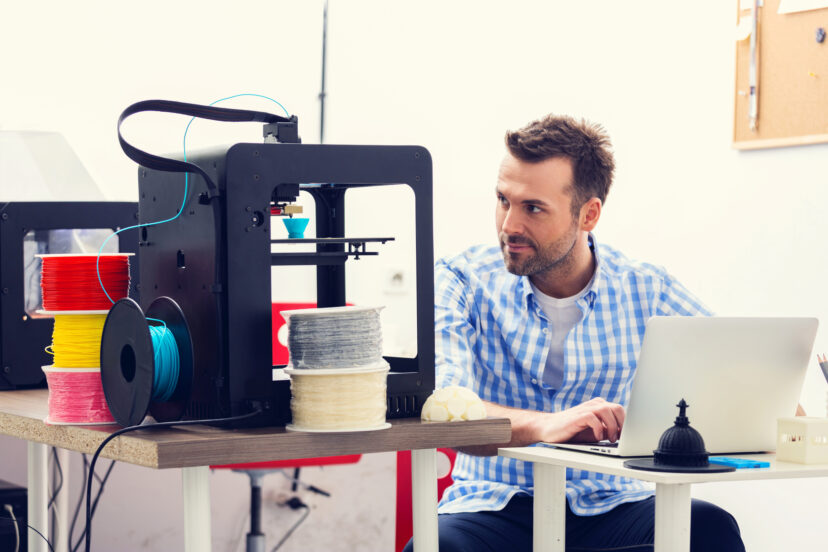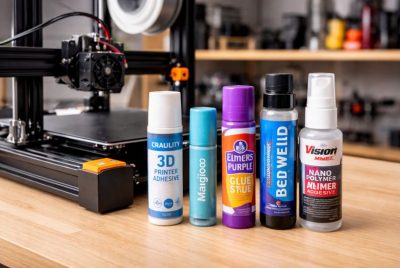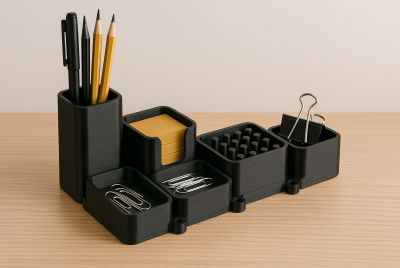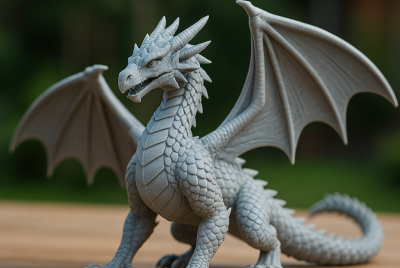3D Printing for Hobbyists: Projects Anyone Can Try at Home
3D printing for hobbyists might feel daunting, especially if you’re starting from scratch. You’re not alone, most of us started with zero knowledge. Honestly, 3D printing has a learning curve but anyone eager to learn will definitely create their first project! So, which projects are worth giving a shot? In this guide, you’ll find cool things to 3D print for different levels plus tips on how to ensure your creations come out the way they should be. Let’s go!
Why 3D Printing Is Perfect for Hobbyists
Hobbies should spark joy, ignite creativity, and, ideally, not require an entire garage of expensive tools. That’s where 3D printing shines. With just one machine and a roll of filament, you can craft everything from personalized trinkets to functional household items. It’s also the ultimate playground for experimentation. Made a mistake? No problem—adjust, tweak, and print again. Unlike traditional crafting, there’s no pile of wasted wood or fabric scraps. And for those who love a challenge, 3D printing introduces elements of design, engineering, and problem-solving, all wrapped in one mesmerizing process.
What You Need to Get Started
Before you unleash your inner inventor, here’s your starter kit:
- A 3D printer – Think of it as your magic wand. Entry-level models like the Creality Ender 3 are great for beginners.
- Filament – PLA is the friendly, easygoing material to start with, while ABS and PETG bring more durability to the table.
- Slicing software – Programs like Cura or PrusaSlicer translate digital models into printer-friendly instructions.
- A 3D model – You can sculpt your own using Tinkercad or browse ready-made designs on sites like Thingiverse.
With these essentials in hand, you’re ready to start turning digital dreams into physical reality.
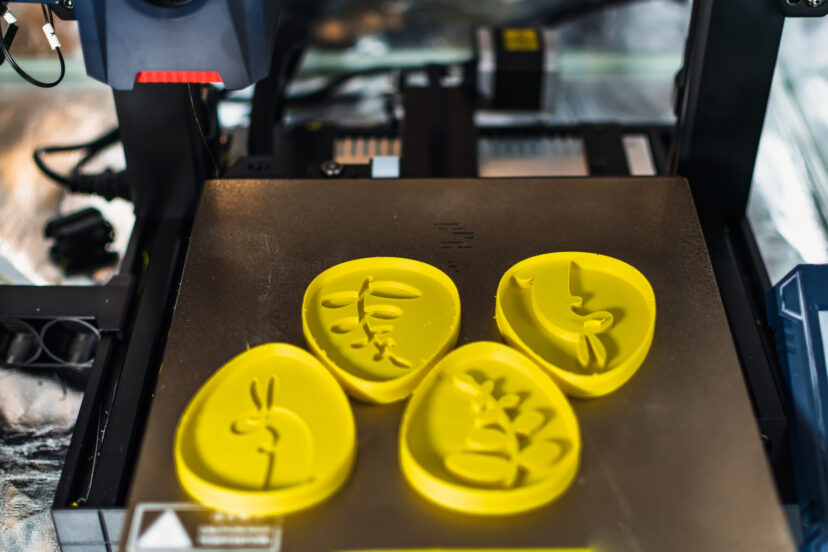
Beginner-Friendly 3D Printing Projects
Starting small isn’t just smart—it’s the key to avoiding frustration. Here are a few simple projects to build confidence and get familiar with your printer.
1. Keychains – A keychain is like a business card for your creativity—small, personal, and something you’ll use every day. Customize it with initials, fun shapes, or even a tiny motivational quote.
2. Cable Organizers – If the sight of tangled cables makes you cringe, printing some sleek cable clips can restore order to your workspace in no time.
3. Phone Stands – Why buy a boring plastic stand when you can print a custom one? Whether you prefer a simple design or a stand shaped like a tiny lounging cat, the options are endless.
4. Custom Bookmarks – For book lovers, a 3D-printed bookmark is both a practical tool and a personal statement. Add your name, a favorite quote, or even a whimsical shape like a wizard’s hat.
5. Plant Labels – Gardeners, rejoice! Print waterproof labels for your herbs and flowers so you never mix up basil with mint again.
Intermediate 3D Printing Projects
Once you’ve conquered the basics, it’s time to step up your game. These projects require more precision but deliver impressive results.
6. Miniature Figurines – Whether you’re a tabletop gamer or just love collectibles, printing custom miniatures is a thrilling way to bring tiny characters to life.
7. Puzzle Boxes – Think escape room, but in the palm of your hand. Design or download puzzle boxes with secret locking mechanisms for an extra challenge.
8. Tool Holders – Everything has its spot, and every spot has its thing! Print custom tool organizers for screwdrivers, paintbrushes, or crafting supplies.
9. Wall Hooks – Ditch the generic plastic hooks from the store—design your own in unique shapes, colors, and sizes to match your style.
10. Dice for Board Games – Lost a die? Print one! Better yet, create custom dice with special symbols, numbers, or even glow-in-the-dark filament for nighttime gaming.
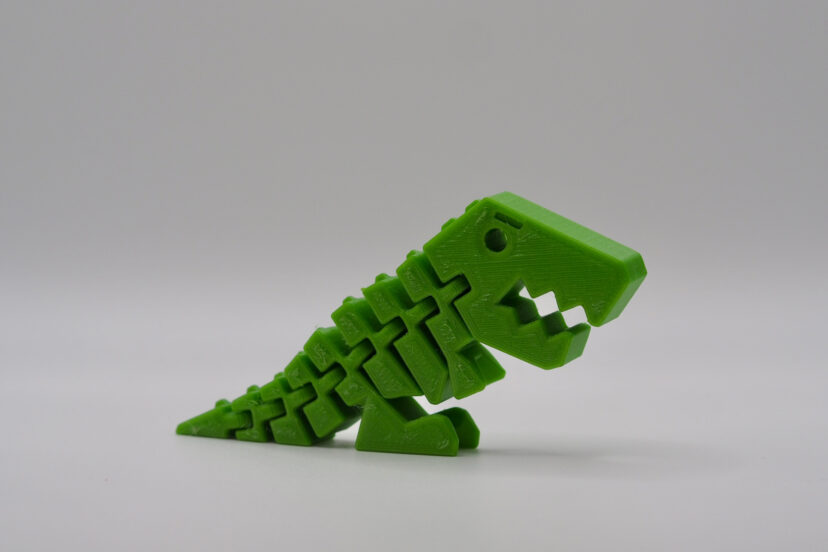
Advanced 3D Printing Projects
Ready to go pro? These projects push the limits of what a 3D printer can do.
11. Articulated Toys – Toys that move, twist, and bend right out of the printer? Yes, please! Articulated dragons, robots, and animals are a great way to explore the mechanics of 3D printing.
12. Prosthetic Hands – 3D printing isn’t just about fun—it can be life-changing. Many organizations provide free designs for prosthetic hands that can be printed and assembled to help those in need.
13. RC Car Parts – Customize your remote-controlled cars with printed body parts, wheels, or even entire chassis components.
14. Home Automation Accessories – From sensor mounts to smart speaker stands, 3D printing lets you tailor your smart home setup to your exact needs.
15. Fully Functional Clocks – a home decor like a working clock, printed and assembled by you? It’s not just possible—it’s an incredible way to blend design with mechanics.
Tips for Successful 3D Printing
Mastering 3D printing is like learning to bake—you need the right ingredients, good technique, and a bit of patience.
1. Level Your Print Bed – Think of this as setting a strong foundation for a house. A properly leveled bed ensures that your first layer sticks like glue.
2. Optimize Your Print Settings – Play around with layer height, infill percentage, and print speed to balance quality with efficiency.
3. Use the Right Filament – Not all filaments are created equal! PLA is great for beginners, while PETG stands up to outdoor use.
4. Post-Process for a Professional Finish – A little sanding and painting can take your print from “homemade” to “store-bought.”
5. Keep Your Printer Maintained – Regularly cleaning the nozzle and checking the belts keeps your machine in top shape. A well-maintained printer is a happy printer!
Best 3D Printing Tools and Accessories for Hobbyists
To get the best results from your 3D printing projects, you’ll need more than just a printer and filament. Here are some must-have tools and accessories that can make your 3D printing journey smoother and more efficient.
1. Best 3D Printers for Hobbyists
- Creality Ender 3 V2 – Affordable and beginner-friendly with a large community for support.
- 3D Printer Kobra 2 Neo – Reliable performance with an easy touchscreen interface.
2. Essential 3D Printing Filaments
- PLA Filament – Best for beginners due to its ease of use and low warping.
- PETG Filament – Stronger and more durable, great for outdoor projects.
- ABS Filament – Tough material but requires a heated bed to prevent warping.
3. Must-Have 3D Printing Tools
- Digital Calipers – Helps measure dimensions accurately for better prints.
- Nozzle Cleaning Needles – Essential for unclogging blocked printer nozzles.
- Spatula/Scraper – Safely removes prints from the bed without damaging them.
- Deburring Tool – Smooths out rough edges on prints for a cleaner finish.
Having these tools and accessories will make your 3D printing experience much more enjoyable and successful. Whether you’re a beginner or an advanced hobbyist, investing in the right gear can take your projects to the next level!
Scientific Insights on 3D Printing for Hobbyists
Recent research highlights the growing impact of 3D printing across various fields, including education and technological advancements. A systematic review of 3D printing technology explores the evolution, benefits, and challenges of 3D printing, emphasizing its accessibility for hobbyists. Additionally, an analysis of 3D printing in biological education underscores how this technology enhances learning by providing tangible, interactive models. These studies illustrate how 3D printing is shaping creativity, learning, and practical innovation for enthusiasts worldwide.
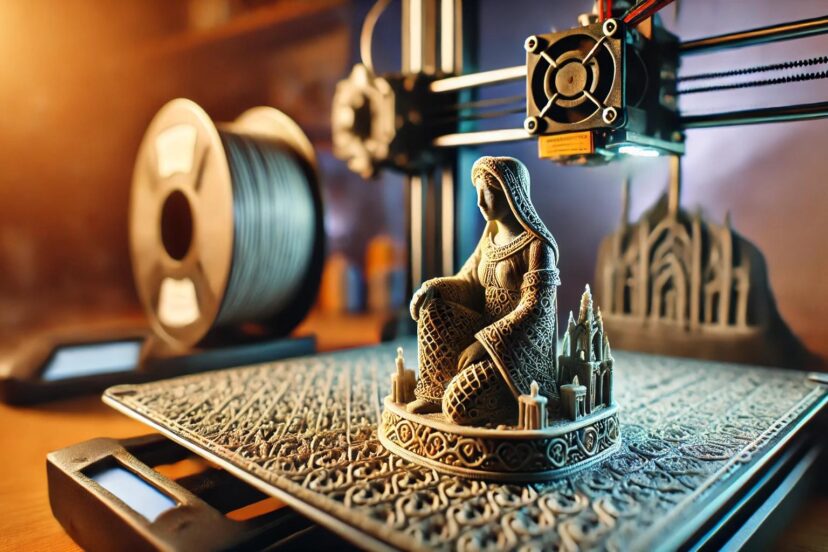
The Future of 3D Printing for Hobbyists
3D printing is evolving at lightning speed. We’re moving beyond simple plastic prints to multi-material creations, ultra-fast printing speeds, and even bioprinting (yes, printing human tissue!). As costs continue to drop and technology improves, hobbyists will have even more incredible opportunities to innovate from home.
Final Thoughts
3D printing is more than just a hobby—it’s a gateway to creativity, problem-solving, and hands-on innovation. Start small, learn from each print, and soon you’ll be crafting everything from custom tools to intricate sculptures. The only question left is: What will you create next?
FAQs About 3D Printing for Hobbyists
1. Is 3D printing expensive?
It depends. You can start with a budget-friendly printer for around $200, but specialty filaments and advanced printers can add up.
2. Do I need to know 3D modeling?
Not at first! There are thousands of free models online, but learning basic design skills unlocks more creative freedom.
3. How long does printing take?
A keychain might take 30 minutes, while a detailed model could take several hours. Patience is key!
4. Can I print food-safe items?
Yes, but use food-safe filaments like PETG and avoid prints with small gaps where bacteria can hide.
5. What’s the best beginner 3D printer?
Some top picks are the Creality Ender 3, Anycubic i3 Mega, and Prusa Mini.
